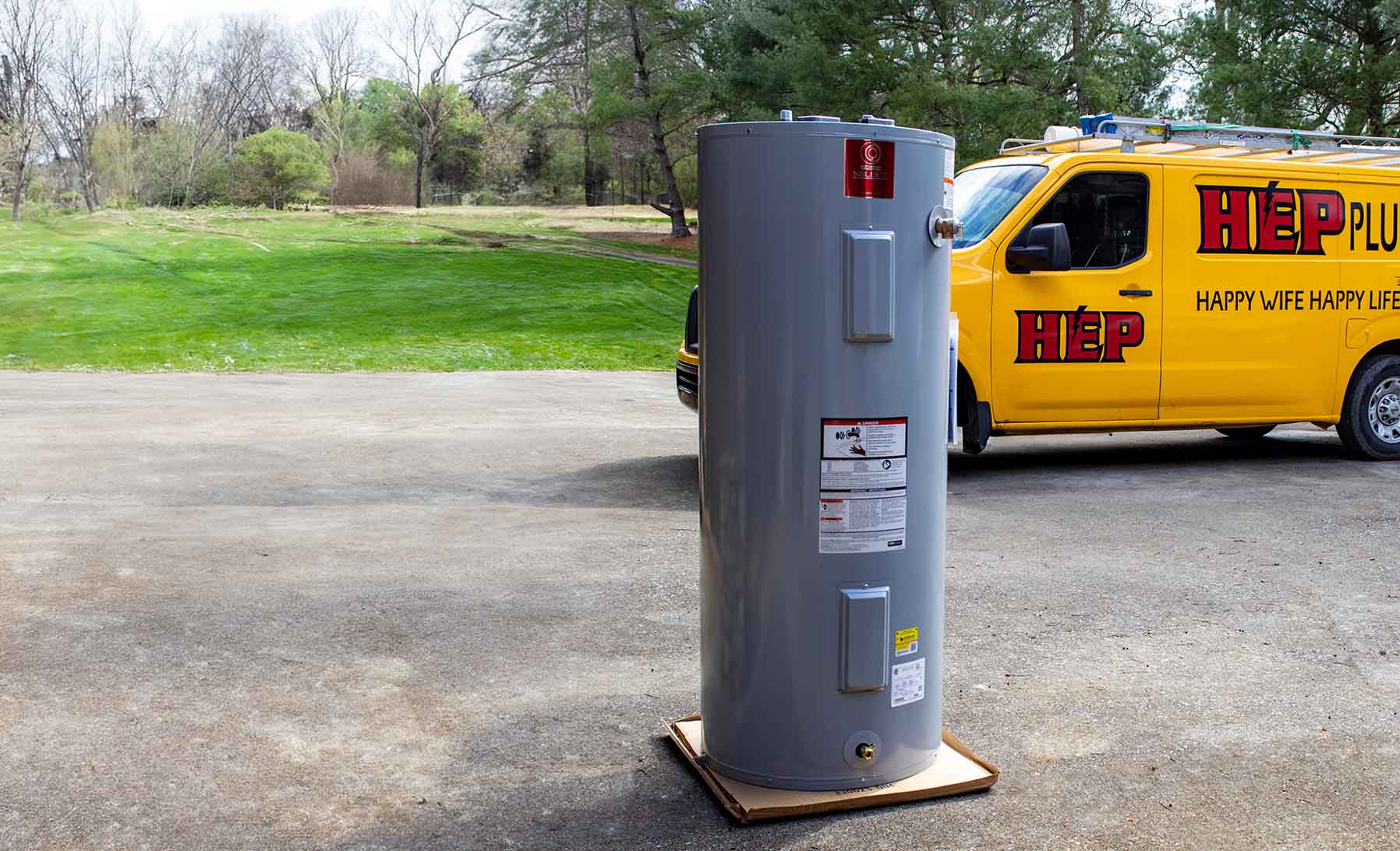

Efficient Repairs
Your trusted partner for professional home services. Quality workmanship, guaranteed satisfaction.




- HEP
- Efficient Repairs
Efficient Repairs | Tank Water Heater | Plumbing | Thorn Hill
When the comfort of your Thorn Hill home depends on a dependable tank water heater, HEP’s seasoned plumbing pros have you covered. Our specialists arrive with fully stocked trucks, diagnose issues in minutes, and deliver precise, lasting fixes—from faulty thermostats to sediment-clogged tanks—so you can get back to steamy showers and spotless dishes without the wait. We prioritize energy efficiency, explaining every repair option in clear language and never pushing you toward replacements you don’t need.
Homeowners choose HEP for transparent upfront pricing, 24/7 emergency availability, and a workmanship guarantee that stands tall long after the work is done. Whether your unit is sputtering out lukewarm water or making ominous popping noises, we restore performance quickly and safely, respecting your space as if it were our own. Trust HEP’s efficient repairs to keep your tank water heater running smoothly year-round in Thorn Hill.
FAQs
What are the most common signs that my tank water heater in Thorn Hill needs repair?
Watch for water that is lukewarm or runs out quickly, popping or rumbling noises from the tank, rusty-colored or cloudy water, moisture or pooling around the base, and a tripped breaker or extinguished pilot. Any of these symptoms point to issues such as failing heating elements, sediment buildup, a corroded anode rod, or a leaking tank, and they should be inspected by a licensed technician as soon as possible to avoid a full breakdown.
How fast can you get a technician to my Thorn Hill home, and what does the repair process look like?
Because we have a fully stocked service fleet based in Thorn Hill, 24/7 emergency dispatch is usually within 60–90 minutes. On arrival, our plumber will: (1) perform a safety check and shut off utilities if needed; (2) diagnose the problem with digital multimeters, gas-sniffers, or thermal imaging; (3) explain the issue and give you an upfront, flat-rate price; (4) complete the repair using OEM parts from our truck; and (5) test the unit, flush sediment if required, and clean the work area. Most jobs are finished the same visit, typically in under two hours.
Do you service every type and brand of residential tank water heater?
Yes. Our certified plumbers repair conventional gas, electric, and high-efficiency condensing storage heaters from Rheem, Bradford White, AO Smith, Giant, John Wood, Reliance, and other major manufacturers. We carry replacement thermostats, elements, gas valves, igniters, anode rods, and T&P valves for units from 20- to 120-gallon capacity. If your model is still under manufacturer warranty, we handle the parts claim on your behalf so you only pay labor, saving you time and money.
How much should I expect to pay for a tank water heater repair in Thorn Hill?
Typical repairs range from $189 for an upper heating-element swap to $450 for a full gas valve replacement. We charge a modest diagnostic fee that is waived when you proceed with the repair, and we never start work until you approve a written, no-surprise quote. Seniors and Thorn Hill Energy Savings Program members receive an additional 10 % discount. If the cost of fixing exceeds 50 % of the price of a new high-efficiency unit, we’ll give you side-by-side replacement options so you can make an informed choice.
Is it more economical to repair or replace an older tank water heater?
When a water heater is under 8 years old, most repairs—such as replacing thermostats, elements, or anode rods—restore full performance at a fraction of replacement cost. Units 8–12 years old with severe rust, constant pilot outages, or tank leaks are approaching the end of their life cycle; replacing them with an ENERGY STAR certified model can cut water-heating bills by up to 20 % and qualifies for up to $400 in local rebates. We provide a free life-cycle cost analysis so you’ll know which option saves you more over the next decade.
What maintenance steps should I take after the repair to keep my water heater efficient and under warranty?
1) Drain two to three gallons from the tank every six months to flush sediment. 2) Test the temperature-and-pressure (T&P) valve yearly by briefly lifting the lever. 3) Set the thermostat at 120 °F (49 °C) to curb energy use and scald risk. 4) Inspect the anode rod every two to three years; replace it when more than 6 inches of core wire is exposed. 5) Insulate the first 6 feet of hot-water pipe and, if the tank is in an unheated space, add an insulating jacket with an R-value of at least 8. Following these steps keeps your unit efficient, prolongs its life, and helps maintain the parts-and-labor warranty we provide on every repair.